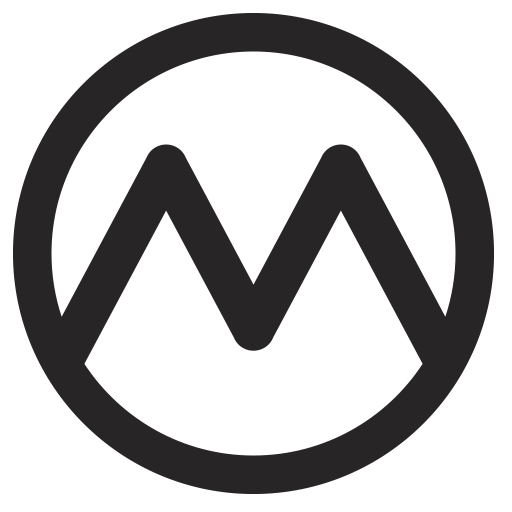It lasted just four frenzied years, but the Group B rally era was one of the wildest (and today best remembered) episodes in motorsports history. The Group B arms race of increasingly wild four-wheel drive special stage missiles saw the cars grow increasingly specialized. While the racers are the best remembered today, the arcane rules of Group B also required automakers to build at least 200 roadgoing versions of these cars, giving rise to a set of similarly exotic road cars like the Lancia Delta S4 Stradale.
The racing Delta S4 arrived in 1985 and looked set to dominate the 1986 season, but it never did live up to its full potential and played a big role in the tragedy-tinged conclusion of the class. But Rallying was Lancia’s forte, and an even wilder vehicle, the Lancia ECV, was in the works for 1988.
That car ultimately never raced and the Italians refocused on the more production-based Delta HF Integrale, but in the narrow window between the arrival of the Delta S4 and the end of Group B, it managed to build somewhere between 50 and 100 Delta S4 Stradales like the one you see here. The story, however, starts a few years earlier.
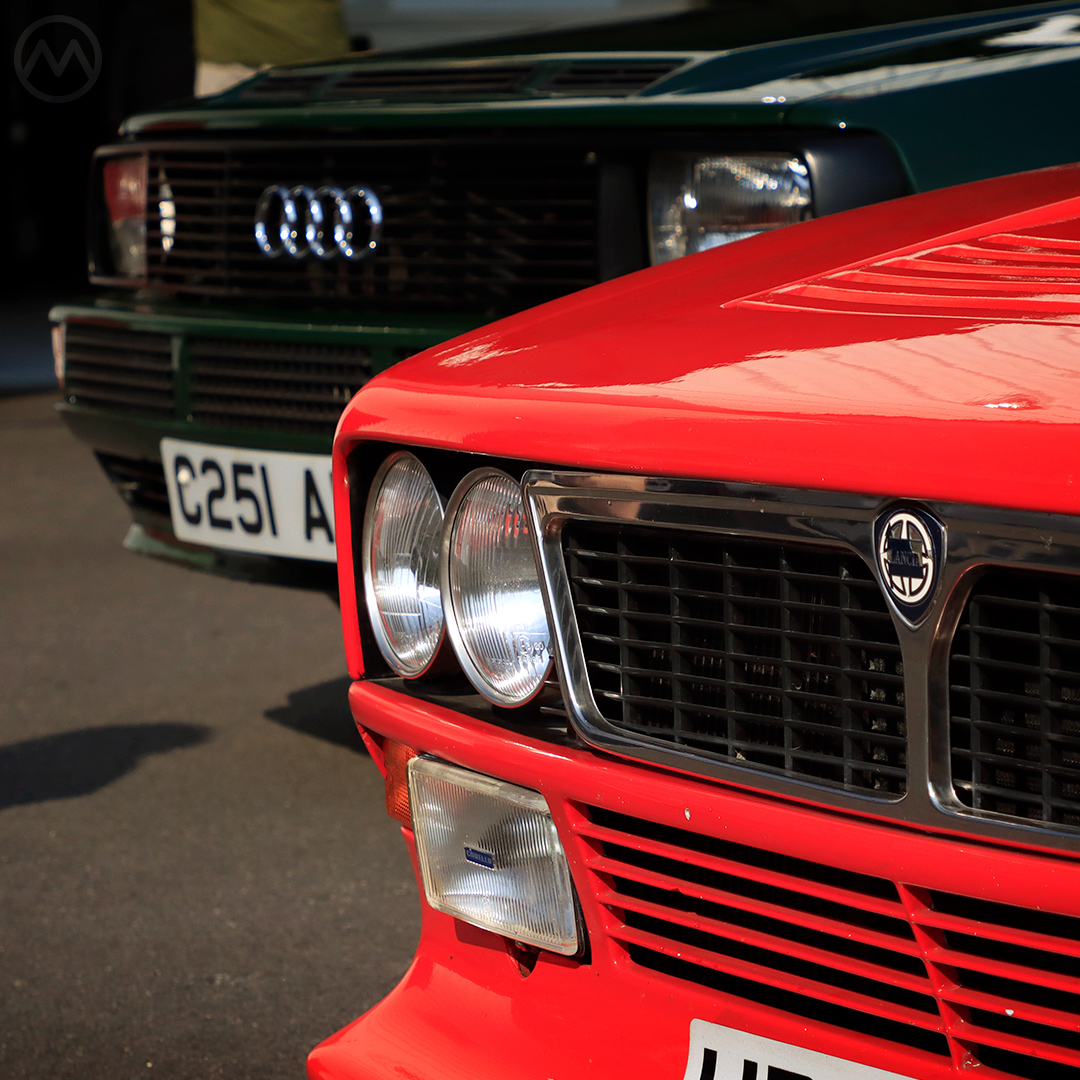
Lancia 037 Versus Audi Quattro
Lancia won the 1983 World Rally Championship by just two points over Audi. But even in the early months of that year, as the rear-wheel drive Lancia 037 was being piloted to the win by the legendary Walter Röhrl and Markku Alén, Abarth design boss Sergio Limone recognized that the 037’s days were numbered.
Audi’s Quattro, which introduced a practical, production-based four-wheel drive system to rallying in 1980, was simply superior in the dirt. While the mid-engine, rear-drive 037 was a better race car on tarmac, it was also a more complex and specialized car than the Quattro, not all that reliable in comparison, and wasn’t all that good at driving sales of regular Lancia cars. Eventually, Limone figured, the Audi would catch up on pavement and the 037 would be a goner at the top level of Group B competition.
In May of 1983, after much cajoling of Fiat’s senior management, Limone convinced them to create a four-wheel drive successor to the 037, which became the Delta S4, a space-framed, turbo-and-supergharged monster that would become a Group B legend. But the class was still early in its evolution when the car got the nod from on high.
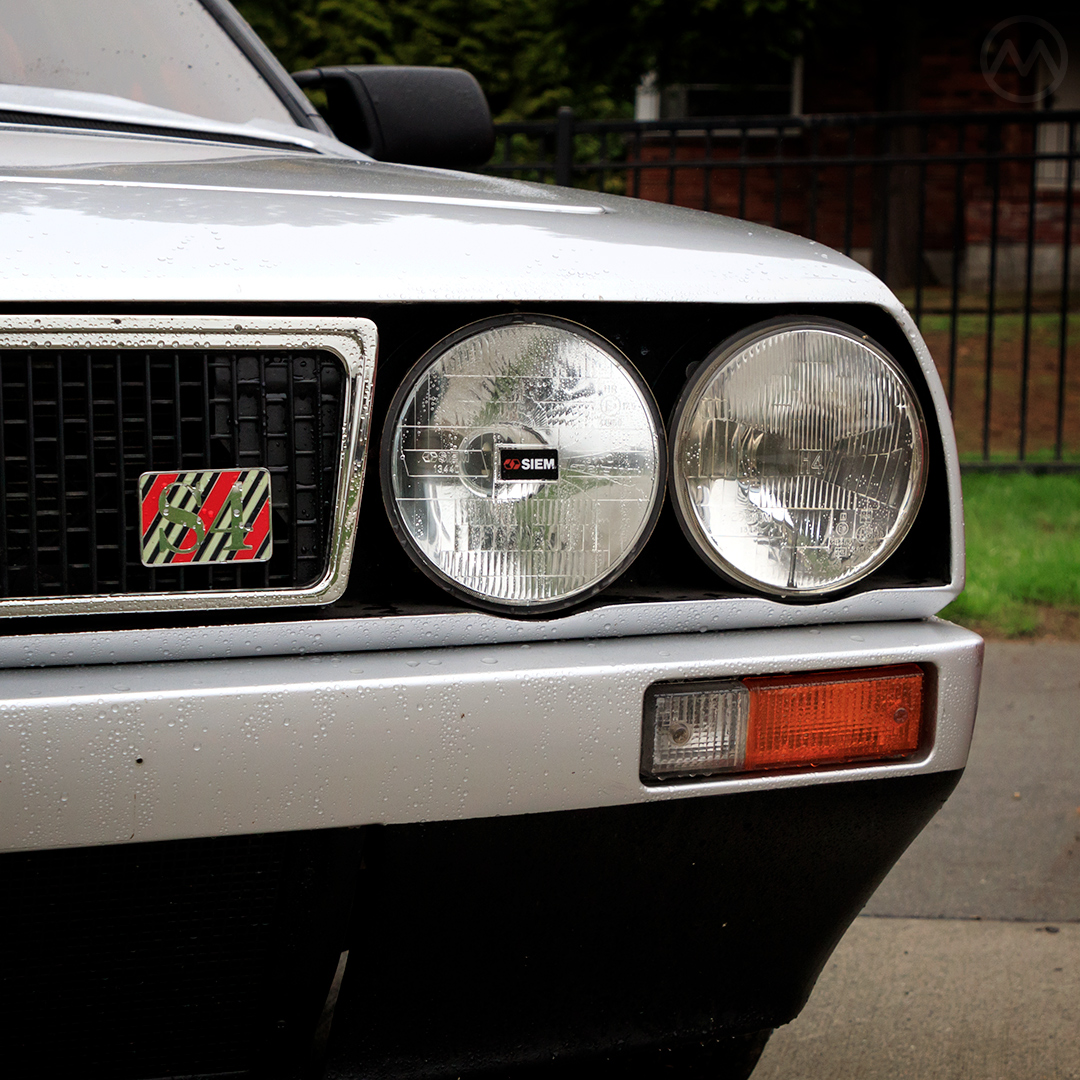
Group 4 to Group B
Group B was introduced in 1982 to replace the FIA’s Group 4 (modified grand touring cars) and Group 5 (prototype) classes. It had much more liberal rules on tech and advanced materials and looser homologation requirements than the old Group 4 class, where relatively normal cars like the Ford Escort Mk2 had dominated as late as 1979. Although these classes were meant for on-pavement racing, the Group 4 rules were the basis for most 1970s WRC cars, including the Lancia Stratos.
It was the Stratos that earned rallying true worldwide attention, even though plenty of famous rallies had plenty of attendance and press coverage before the 1970s, and Lancia’s own Fulvia had been a potent rally weapon for more than a decade.
In 1973, the FIA transferred to another governing body, the Commission Sportive Internationale, who used the Group 4 rules to govern the class. Those rules specified that at least 500 roadgoing versions (400 after 1976) of the racers had to be manufactured, which wasn’t a problem for the Ford Escort, but was also a big number if you wanted to build a specialized racer like the Stratos, which was conceived of first as a racer, then only turned into a road car to make it legal.
The cost of building models like the Stratos and Renault R5 Turbo could be justified by the big sponsorships and sales potential of having a winning car. Arguably, the arms race in WRC began with the Stratos, not the battle between the 037 and the Quattro. Both the Stratos and the 037, however, later presented the problem of not looking very much like most of Lancia’s production cars, and Fiat, who held the purse strings, chose to emphasize the Fiat 131 Abarth in rallying in the late 1970s in hopes of selling more cars.
In 1979 WRC’s governing body was effectively taken over by its new President, Frenchman Jean Marie Balestre into the Fédération Internationale du Sport Automobile (FISA), which was really part of the FIA (Fédération Internationale du Automobile) and later integrated into it. Shortly thereafter, FISA began changing and simplifying rallying regulations, with the first major change being the allowance of four-wheel drive vehicles.
At the time, Balestre and FISA officials thought that four-wheel drive equipment would be too heavy and clunky to win rallies, and in fairness, previous attempts had been just that. How wrong they were.
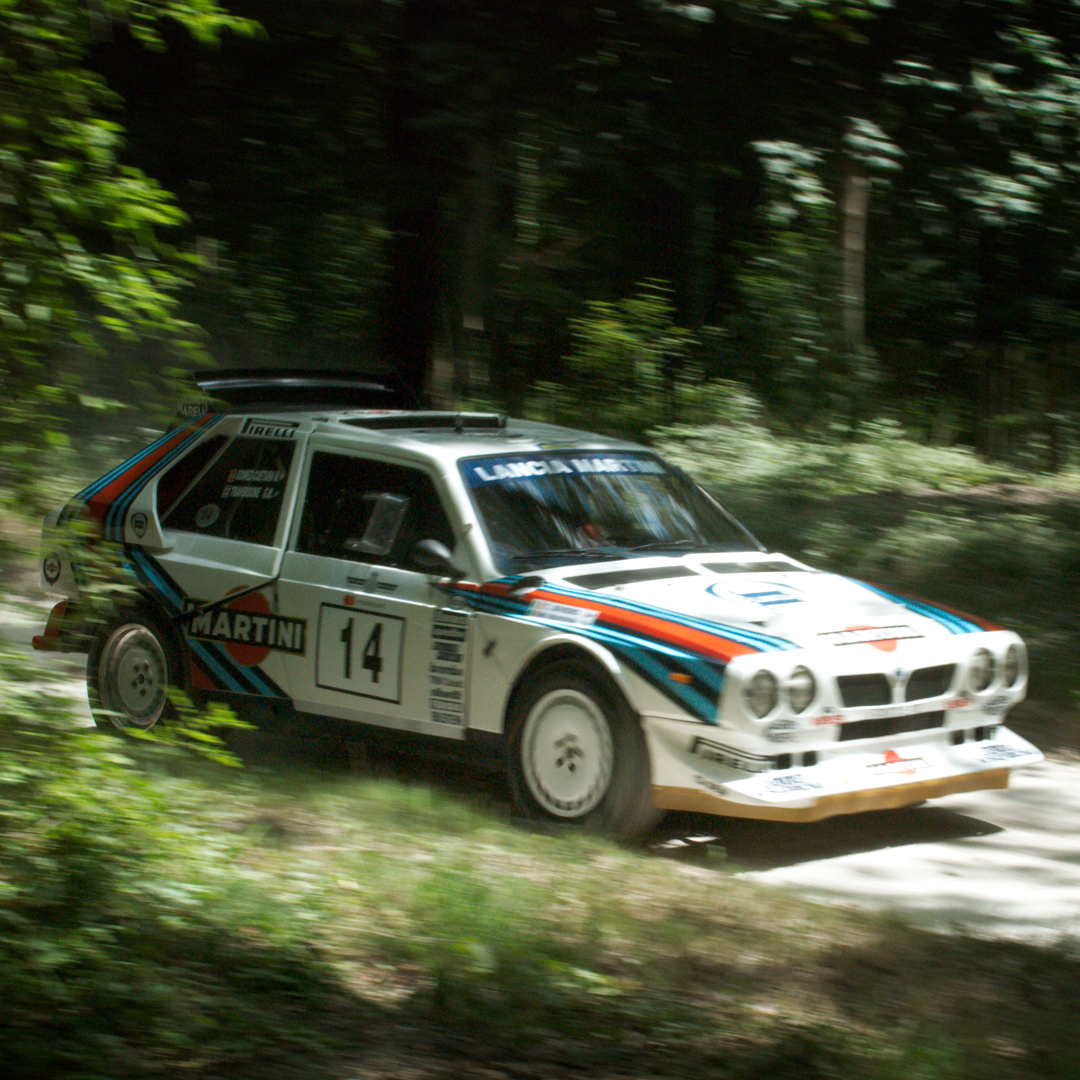
The Delta S4
On January 1, 1982, the FIA introduced the new Group A, B, C, and N (for stock vehicles), replacing the previous classes. Group A was primarily aimed at touring car racing and mid-teir rallying at first, while Group B was a heavyweight-champion style rally class.
Group B had no restrictions on power output or advanced materials, and just 200 cars were now required instead of 400. This had the intended effect of making more exciting rallies with more manufacturer participants, and it soon led to a wave of high-tech monsters like the Delta S4, the Ford RS200, the MG Metro 6R4, the Peugeot 205 Turbo 16 and, featured in a previous story, the Citroën BX 4TC.
Audi’s quattro was the car to beat in 1982, but Lancia fielded the 037, developed by Limone’s team with help from Dallara and some style help from Pininfarina, who had designed the Lancia Montecarlo the 037 was meant to emulate. That first year it was the Audi that was reliable while the Lancia proved fragile. But things turned around in 1983 and through tenacious effort, Röhrl and Alén eked out the championship for Lancia and famous sponsor Martini & Rossi.
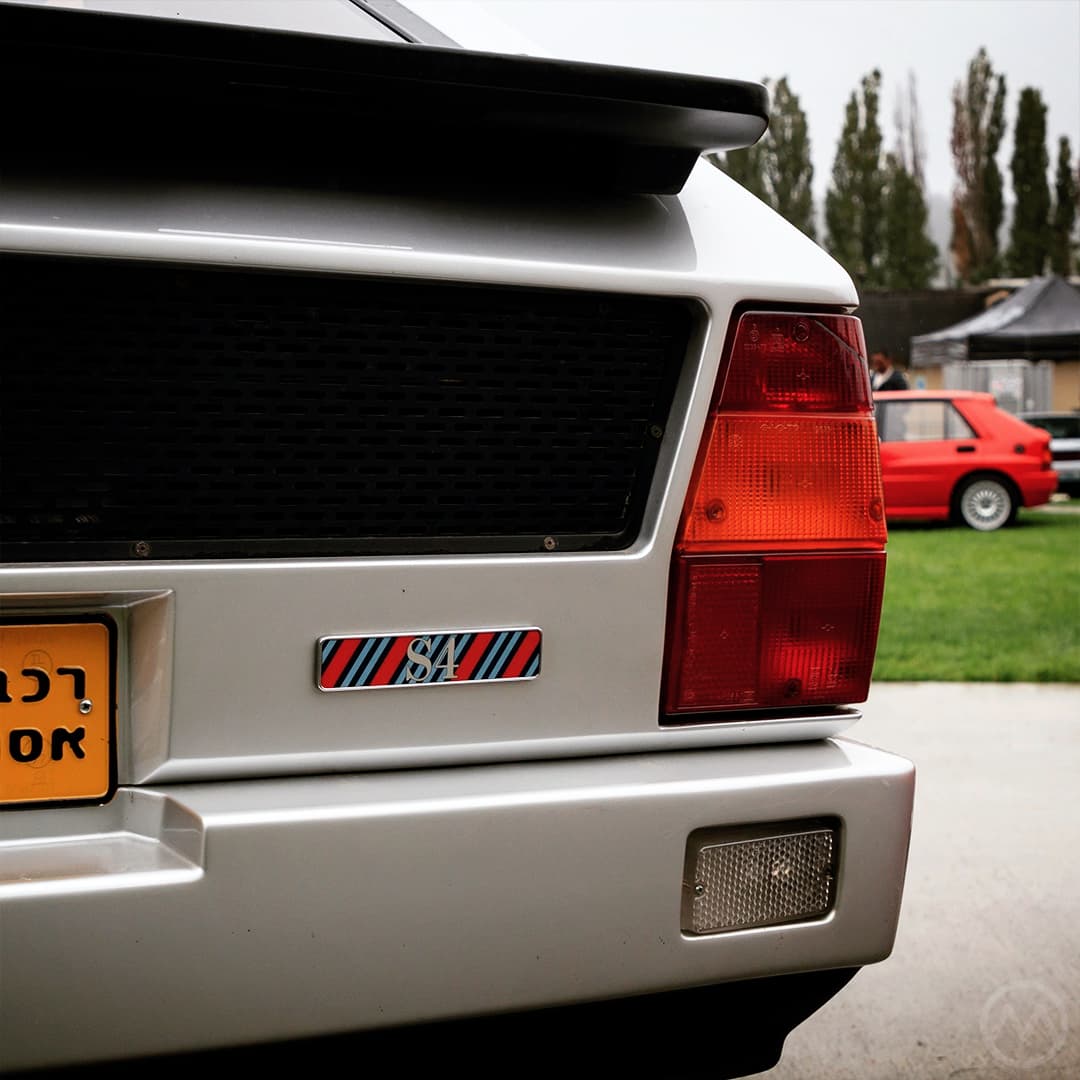
By that point, Limone had been with the company for a decade. He had also helped design the 131 Abarth and been promoted to head of development at Abarth by Fiat engine boss Aurelio Lampredi in 1978. Work on his new proposal for a four-wheel-drive Quattro fighter began in the spring of 1983, but it did not acquire the Delta S4 name for quite some time after that.
Born from the 037, the first prototypes were rear-drive. Forced-induction engines were subject to a capacity multiplication rule of 1.4 to keep the field even, and there was still a 2.5-liter displacement limit on the class.
For that reason, Lancia designed a twin-charged 1,759-cc four-cylinder engine (x 1.4 = 2,462cc). It used a Kühnle, Kopp & Kausch turbo, an Abarth Volumex, and two intercoolers. The Supercharger was meant to provide instant punch at low rpms, while the turbo spooled up to hit harder higher in the range. A few modern cars have similar setups, notably Volvos from the 2020s, which use turbo and supercharging for the same reasons, just in more production-ready form.
Ultimately, in Delta S4 Corse racing guise, this tiny engine could belt out an astounding (in 1984) 483 horsepower. With only the supercharger, it could still hit 325 horses. While not as wild as the Corse, S4 Stradale road car was a monster, too, by 80s standards, if not necessarily a straight-line car (though 0-60 in 6 seconds was very fast in 1985).
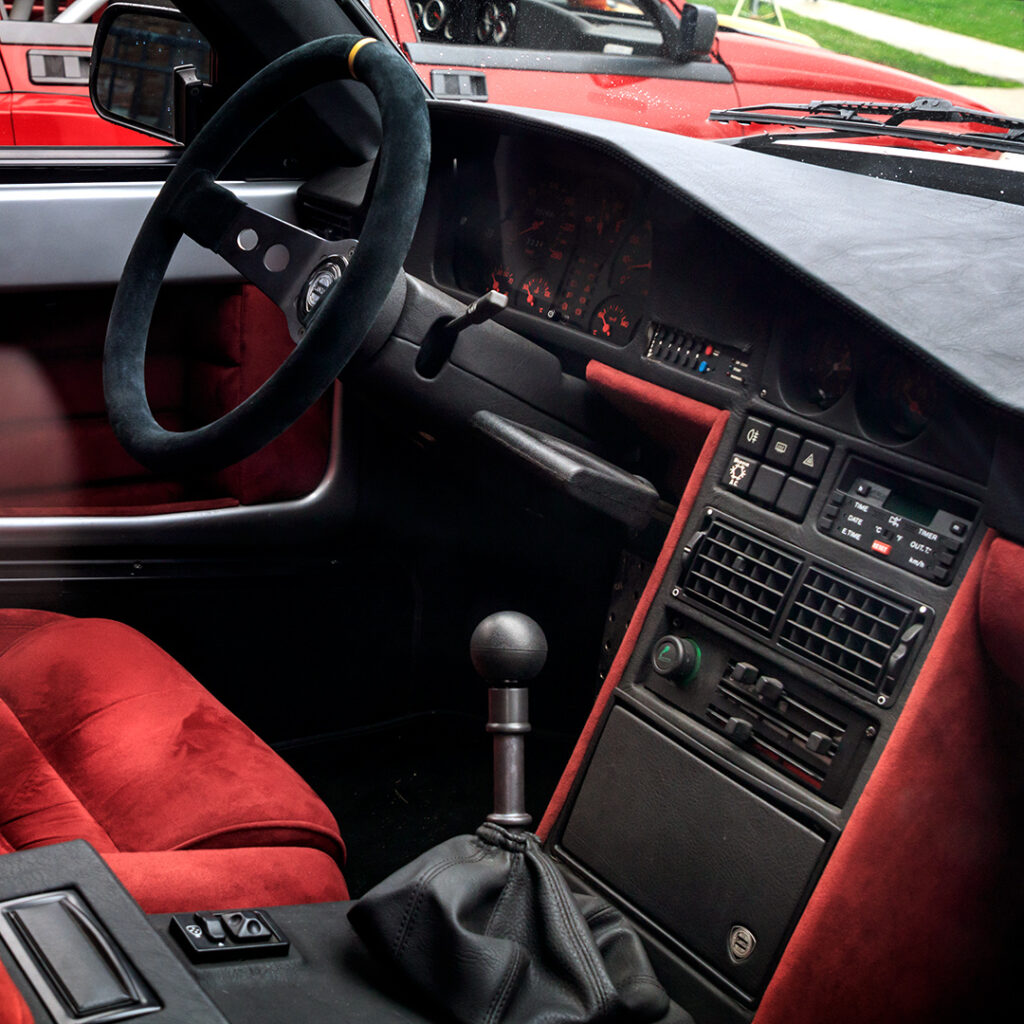
With that much power, the rear-drive prototypes were too unwieldy to drive, which further validated Limone’s point about four-wheel drive. Lancia and Abarth had no experience with this, as the project Delta 4×4 and the Fiat Panda 4×4 were much different cars and designed by outside firms (ItalDesign and Steyr-Puch).
Abarth developed its own four-wheel drive setup with help from the British company Hewland. It had three differentials, ZF units front and rear, and a viscous coupling in the center that weighted power towards the rear wheels. Theoretically, the front differential could be uncoupled to make the S4 purely rear-drive, but this never happened in practice.
The car’s tube-frame structure was pure race car, but externally it was decided to link it as much as aerodynamics would allow to the regular Delta. As with the Fiat 131 Abarth in the 1970s, the S4 was an attempt to visually link the rally car back to something Lancia stores could sell, namely the regular workaday Delta introduced in 1979. Even so, the S4 Stradale was nothing like the regular model. The bodywork was mostly carbon fiber and Kevlar on the race cars, and polyester resin on the road cars. The massive roof scoop, which cooled the engine on the Corse, was a dummy on the Stradale.
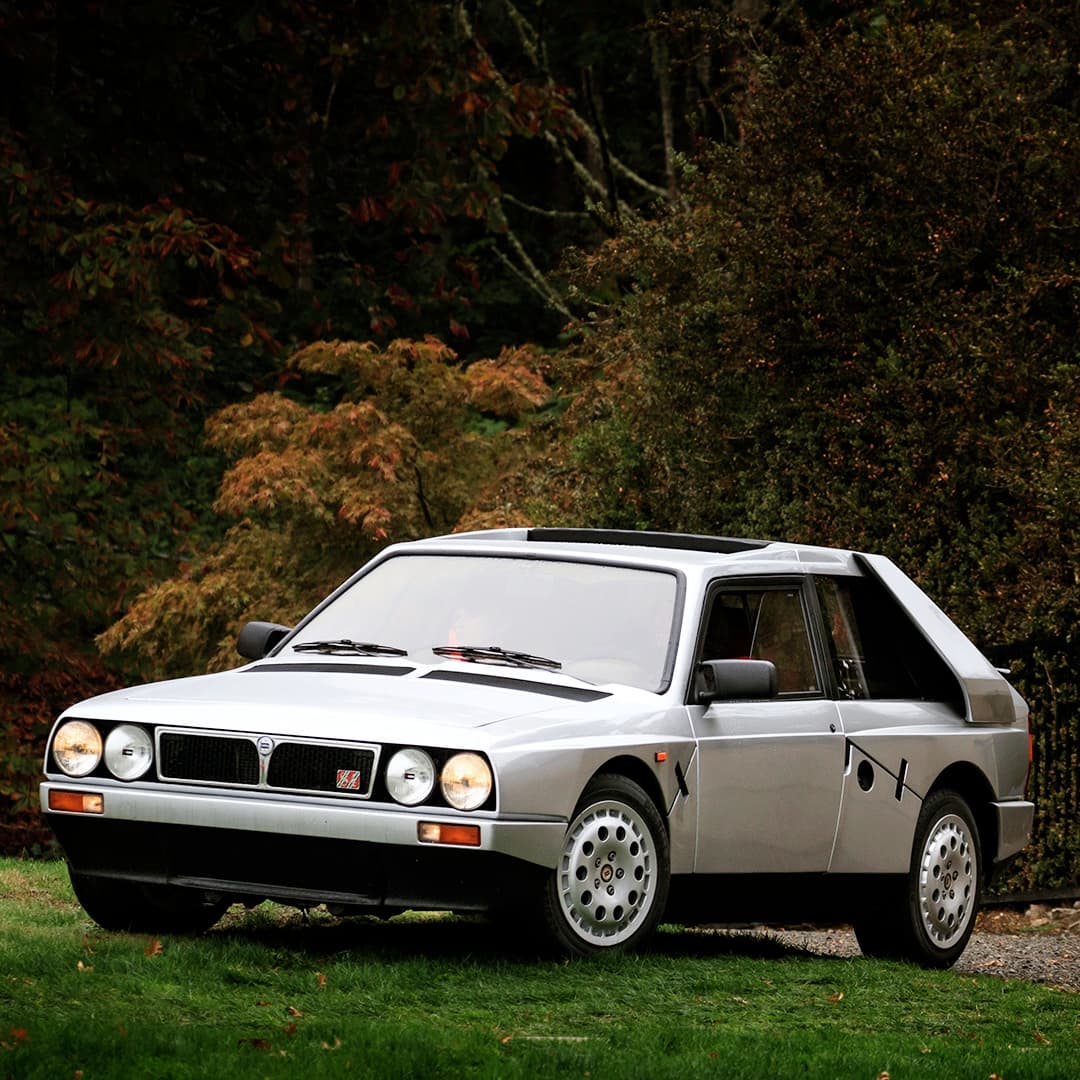
Delta S4 Stradale
While the car was meant for rallying, the road version still had to be produced. The Delta S4 Stradale carried over most of the race car’s elements but was limited to around 250 horsepower. Compared to the stripped-out racers, however, it was a luxury car. Restrained and plush inside, with alcantara seats, soundproofing and air conditioning, it had all the modern systems of a well-equipped 80s hot hatch (and borrowed many interior pieces from the Fiat parts bin). It shared almost nothing with the regular Delta apart from its windshield, grille, and a few plastic bits in the cabin.
200 were required, but less were actually made, all built by Turinese coachbuilder Savio, who could handle the small-batch setup Group B required. Abarth built the “Corse” version in-house. Ordinary consumers could theoretically buy an S4 for about five times the price of a top-spec Delta HF, but few did. Build numbers on the Delta S4 Stradale are disputed, but it’s likely less than 200 were actually built, and possibly fewer than 100. Of those, a bunch were later converted to rally cars and largely run into the ground.
The Silhouette S4 Stradale probably didn’t bring in too many sales, but it certainly was high profile on the special stage, and the same was true of many of the Group B cars. Lots of interest, lots of drama, not a big number of real-world sales. But even if this had not been the case, the party was about to end.
In early 1986 the season started strong for Lancia, with Henri Toivonen winning the opening Monte Carlo Rally and Markku Alén bringing in second at the Swedish rally, both in Delta S4s. 037s did well in privateer hands in the next two lower profile events, the Portugal Rally and the Safari Rally in Kenya, but then tragedy struck at the Tour de Corse in Corsica.
A year earlier, on May 2, 1985, Italian driver Attilio Bettega had died in a high-speed accident in an 037 at Corsica. It was one of the first incidents that caused both the FIA and the public to start questioning the safety of Group B’s hyperfast rally machines. Exactly one year later, Toivonen and his co-driver Sergio Cresto flew off the stage and down a ravine in their S4. The car landed on its roof and the aluminum gas tank, punctured by a tree, ignited. The fatal accident led the FIA to ban the class at the end of the 1986 season.
The Delta S4 Stradale line was shut down immediately once it was no longer needed, but this was not the end of Lancia’s rallying efforts. In fact, it was the beginning of an arguably more important era.

With Group A now the primary rallying class, which required true volume production, the company turned to what it had on hand, the regular production delta. It quickly created the 4WD Delta HF for its encore in the revised WRC formula, whipping out 5,000 cars by the end of February 1988. This set the stage for a steady series of “Evolution” Delta HF Integrales, which dominated the WRC circuit in the 1990s.
We spied this Delta S4 Stradale at the Avants “Classics on the Green” at Chateau St. Michelle in 2022.
